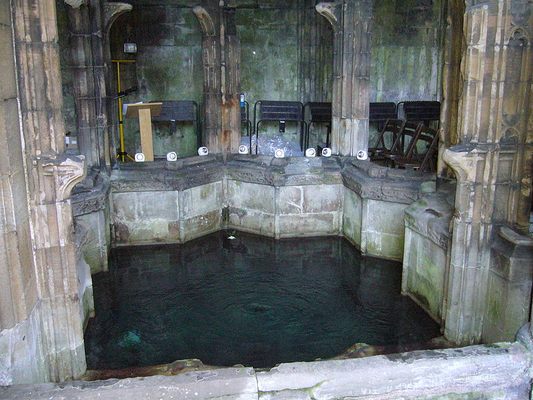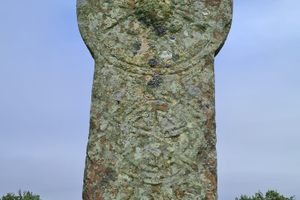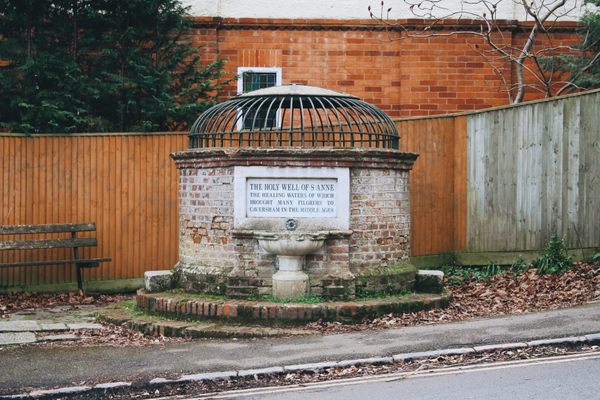About
One of the many holy wells scattered across Europe, Winifred's Well (or St. Winifride's Well) has been visited by the faithful for over a thousand years after it was created by a martyr's lopped off head.
As the story goes, Winifred, daughter of a wealthy Wales citizen and sister of fellow Saint Beuno, was being romantically pursued by a man named Caradog. Winifred was not interested in the man's advances and when she finally refused to lay with him, Caradog lopped the young woman's head off. Where her head hit the ground, a natural spring instantly sprung. Poor Winifred was thankfully resurrected thanks to the saintly prayers of her brother, but the spring remained. Pilgrims who visited the miraculous spring claimed that the waters healed any number of ailments and a proper structure was built around the site some time in the 12th century.
The legend aside, it is known that Winifred was a real personage and the current structure built over the spring that bears her name seems to have replaced an earlier structure. The current medieval chapel was built in the 16th century and has seen such famous faithful grace its arches as Kings Richard I and Henry V. With pilgrims visiting the well for its healing waters for over a thousand years that we can confirm, a tradition that has been unbroken during its existence, the well also claims to be the oldest active pilgrimage site in all of Britain.
While the aging medieval chapel still covers the bubbling well waters, the site has added a shallow wading pool in the courtyard that is filled directly from the well. Visitors can actually bath in the holy waters and towel off in the innocuous cabanas. Despite a violent origin, Winifred's Well is a peaceful site that allows for relaxation that might be more healing than the magic waters.
Related Tags
Community Contributors
Added By
Published
October 10, 2016




































